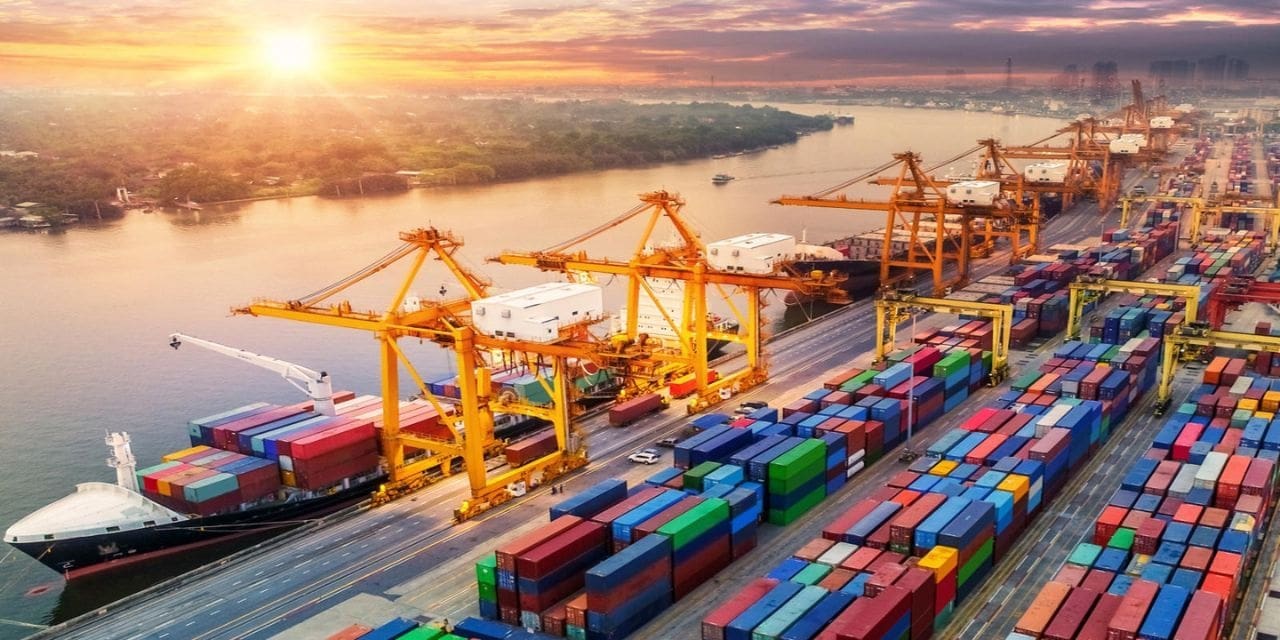Indian exporters have requested support from the central government to tackle the significant surge in freight rates, which have risen by almost 300 percent due to disruptions in the Red Sea route. This disruption has forced global shipping lines to opt for longer trade routes, impacting the export of low-value commodities such as Basmati rice. Shipping companies have been compelled to explore alternative routes, like the one that passes the Cape of Good Hope, due to increasing attacks on vessels in the Red Sea region since November 2023. Unfortunately, this alternative route not only prolongs delivery time by 15 to 20 days but also substantially increases transit costs due to higher freight rates and insurance premiums.
The Federation of Indian Export Organisations (FIEO) has appealed for additional credit from the government to cope with the escalating shipment expenses to Europe. The FIEO Director General, Ajay Sahai, informed The Indian Express that freight costs have skyrocketed as global shipping lines now prefer the Cape of Good Hope route. This development has prompted exporters to seek financial aid to counterbalance the mounting shipping costs.
Meanwhile, ratings agency Crisil has warned that sectors dealing with perishable goods or operating on slim profit margins, like agricultural commodities and marine foods, could face significant repercussions from the rising freight expenses. These sectors lack the capacity to absorb the risks involved. The impact is particularly harsh on the export of agricultural commodities, such as Basmati rice, which faces reduced exports due to the elevated freight costs. As a result, a portion of their inventory is being redirected to the domestic market, leading to a decline in revenue.
The agriculture and marine food sectors are heavily reliant on the Red Sea route via the Suez Canal for trade with Europe, North America, North Africa, and parts of West Asia. Crisil’s report indicates that these regions account for half of India’s exports worth Rs 18 lakh crore and 30 percent of imports worth Rs 17 lakh crore in the last fiscal year.
Furthermore, the report revealed that marine foods, primarily shrimp and prawns, face a significant impact as 80 to 90 percent of production is exported, with more than half taking the Red Sea route. Exporters of these perishable goods, operating on thin margins, are vulnerable to the rising freight costs and increasing competition from Latin American suppliers.
Recognizing the challenges arising from the Red Sea region’s disruption, the finance ministry is slated to hold a high-level meeting on February 5 to ensure smooth trade payments.

